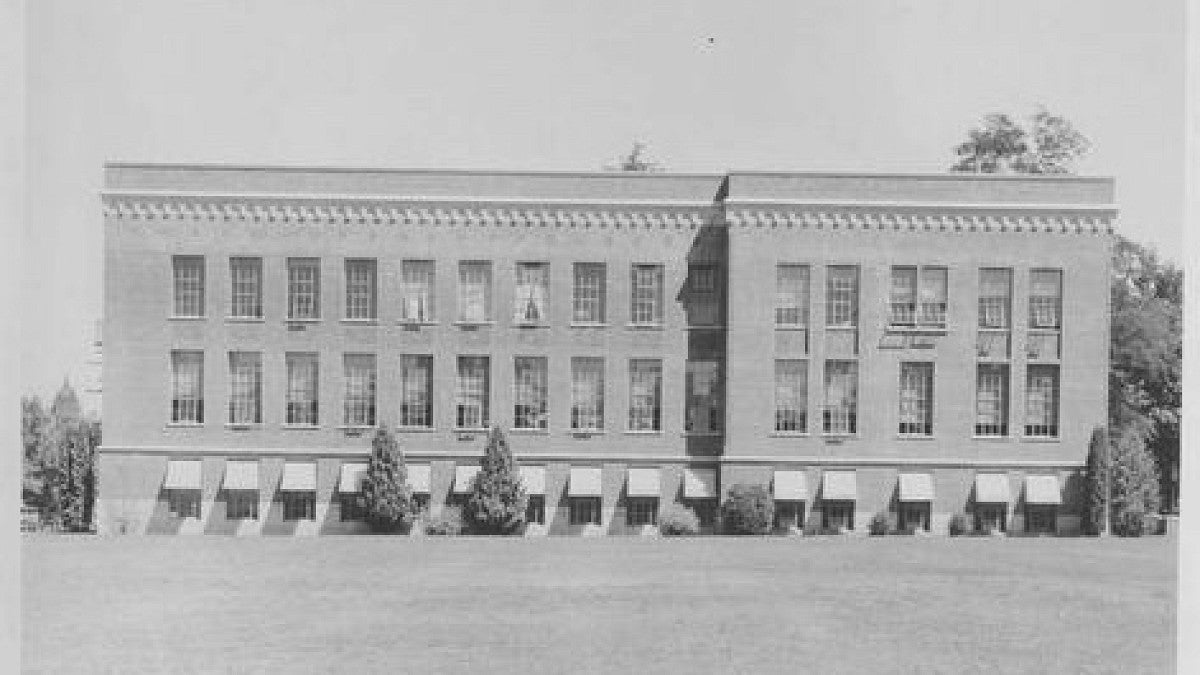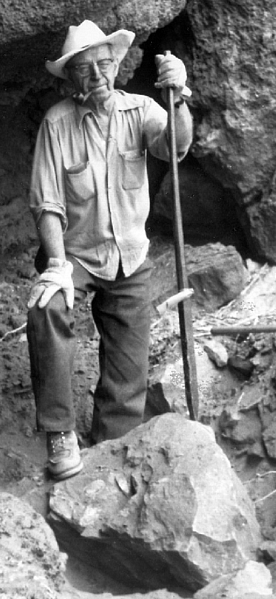

The genesis of the UO Department of Anthropology can be traced to the arrival of Dr. Luther S. Cressman in 1929 as a member of the Department of Sociology. Cressman had reached a watershed in his life. His marriage to Margaret Mead, whose pioneering fieldwork in Samoa (resulting in the classic Coming of Age in Samoa) was conducted while she was married to Cressman, had ended, and he had just married Dorothy Cecilia Loch, his wife of the next 50 years (see Cressman, A Golden Journey: Memoirs of an Archaeologist, 1988). The University of Oregon hired Cressman to develop advanced research in sociology and to teach social anthropology. In 1933, the Sociology Department awarded a Master’s degree in Anthropology to Joel B. Berreman, with Cressman as advisor. By 1935-1936, Cressman had established himself as an active archaeologist, and he became the first, and sole, member of a newly created Department of Anthropology. His landmark contribution to the archaeology of the West remains his discovery in the early 1930s that human occupation of the Northwest was as early as that known anywhere in North America.
In 1938, the Department of Anthropology awarded its first Master’s degree to Robin Drews. Dr. Homer G. Barnett, who joined the department in 1939, was away during World War II, but returned thereafter. Dr. Theodore Stern was appointed in 1948, and Dr. William S. Laughlin came in 1949. With this last hire, the new department represented the four major fields of anthropology: archaeology, cultural anthropology, linguistic anthropology, and physical anthropology. In 1952 the department was authorized to grant the Ph.D.
An early view of Condon Hall, which was named after geologist Thomas Condon and completed in 1925. A south wing was added to Condon Hall in 1967.
In 1935 the Oregon Legislature proclaimed the anthropological collections of the University of Oregon to be the Oregon State Museum of Anthropology, the repository for all holdings of anthropological nature to come into the hands of the state. In 1936 the State Board of Higher Education combined the Oregon State Museum of Anthropology, the Condon Museum of Geology, the University Herbarium, and the so-called Museum of Zoology into the University of Oregon Museum of Natural History (now known as the Museum of Natural and Cultural History). Because Cressman was both Director of the Museum and Head of the Department of Anthropology, the museum and the department were in effect administered as a single unit until 1963, when Cressman retired.
Many things have changed since the early days. Today the head of the department is different from the head of the Museum of Natural and Cultural History. Today as well there are at least as many female as there are male professionals associated with the department and the museum. Yet the tie between the two entities is as strong as ever.

